[국제경영] 현대자동차의 핵심역량(영문)
 등록일 / 수정일
등록일 / 수정일 페이지 / 형식
페이지 / 형식 자료평가
자료평가 구매가격
구매가격
- 2009.08.27 / 2019.12.24
- 21페이지 /
 doc (MS워드 2003이하)
doc (MS워드 2003이하) - 평가한 분이 없습니다. (구매금액의 3%지급)
- 2,100원
최대 20페이지까지 미리보기 서비스를 제공합니다.
자료평가하면 구매금액의 3%지급!
 1
1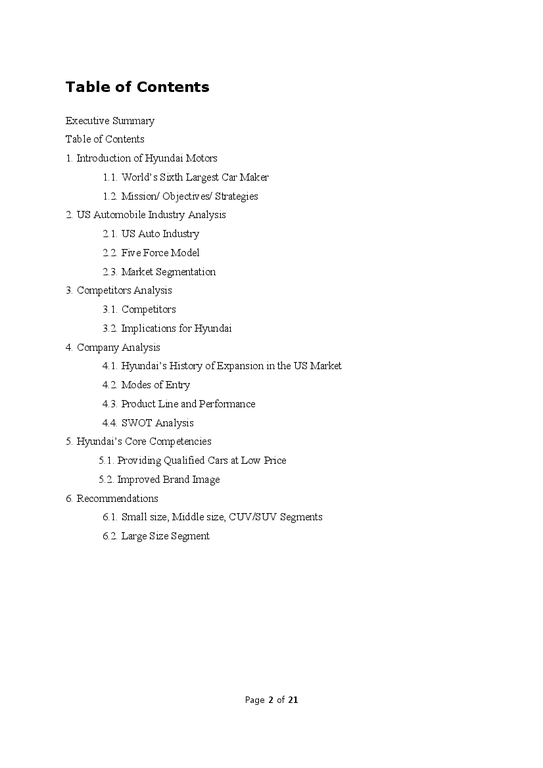 2
2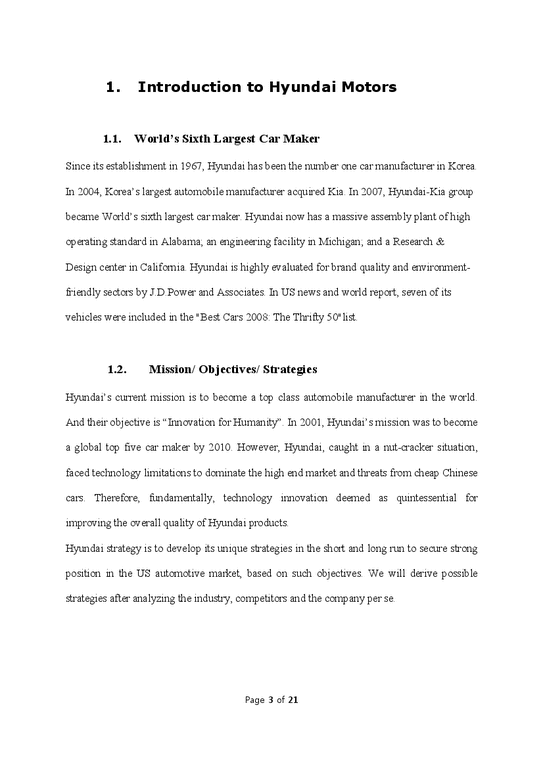 3
3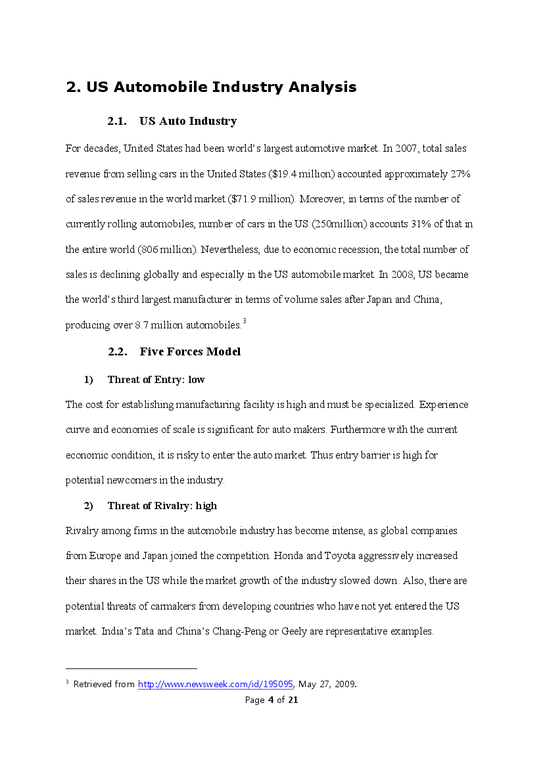 4
4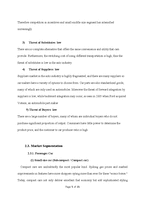 5
5 6
6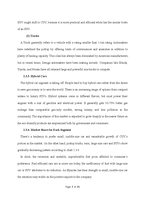 7
7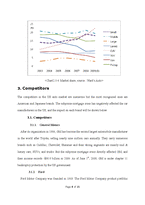 8
8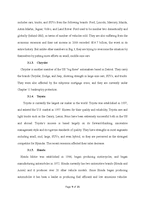 9
9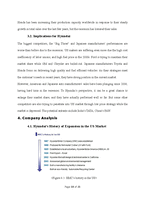 10
10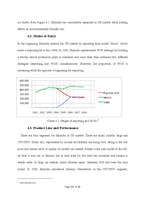 11
11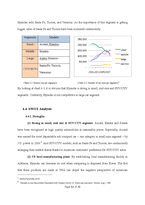 12
12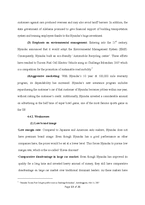 13
13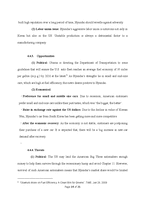 14
14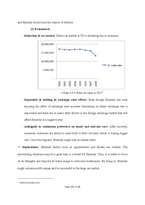 15
15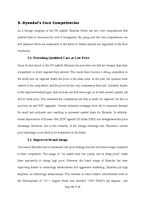 16
16 17
17 18
18 19
19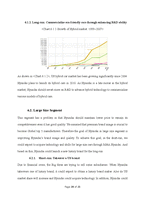 20
20
추천 연관자료
- 목차
-
Executive Summary
Table of Contents
1. Introduction of Hyundai Motors
1.1. World’s Sixth Largest Car Maker
1.2. Mission/ Objectives/ Strategies
2. US Automobile Industry Analysis
2.1. US Auto Industry
2.2. Five Force Model
2.3. Market Segmentation
3. Competitors Analysis
3.1. Competitors
3.2. Implications for Hyundai
4. Company Analysis
4.1. Hyundai’s History of Expansion in the US Market
4.2. Modes of Entry
4.3. Product Line and Performance
4.4. SWOT Analysis
5. Hyundai’s Core Competencies
5.1. Providing Qualified Cars at Low Price
5.2. Improved Brand Image
6. Recommendations
6.1. Small size, Middle size, CUV/SUV Segments
6.2. Large Size Segment
- 본문내용
-
Executive Summary
Recession in the US automotive market and Hyundai’s Success
The Financial Crisis that first initiated in the United States has undoubtedly struck the American automotive market. General Motors (GM), Chrysler and Ford who are namely, ‘the big three’ reported approximately 50% of sharp fall in sales in January 2009 . GM and Chrysler were affected the most and are currently under Chapter 11 bankruptcy protection, while Ford reported significant annual loss of $14.6 billion in 2008, the worst in its history. Amid such downfall, however, Hyundai Motor managed to successfully remain as one of the few survivors in the US automobile market. Hyundai in fact had a 14% rise in sales in January 2009, compared to the figures in the previous year .
General Flow of the Report
This report focuses on Hyundai motor company in the United States automotive market. It is about the unanswered questions of how Hyundai has survived through the credit crunch and explaining its successful performance. This analysis will begin with a brief introduction of the company, followed by an overview of the US automotive industry, based on Porter’s Five Forces Model. In the second part, we will discuss the characteristics of the US auto market and Hyundai’s competitors. The next section will be about the specifics of Hyundai, i.e. the products, and competitiveness in different market segments. We will use SWOT framework to illustrate the company’s past strategies. The final part will cover Hyundai’s core competencies followed by future recommendations for Hyundai Motors to combat various risks in the US auto market and become one of the highest world class car manufacturers.
Conclusions
Hyundai Motor has been successful in the US market thanks to high quality cars at low price and improved brand image. The recent economic recession has brought some advantages to Hyundai such as increased demand of small and midsized cars resulting in higher market share, and Korean won depreciation against US dollar resulting in stronger price advantage. However, when the recession is over, we expect that higher brand image through high technology and innovation is the only core competency that can be sustained.
To be a successful market leader, we suggest Hyundai should implement two different strategies in strong and weak segments. The bottom-line belief is that Hyundai should focus on innovation. In the strong segments (i.e., small-sized, mid-sized, and SUV), they should focus on enlarging the capacity in the short run, and commercialize ecology-friendly cars by continuous R&D and innovation in the long run. In the weak segments (i.e., large-sized), Hyundai should acquire the brand ‘Volvo’ to obtain a luxury brand and acquire technology in the short run, and launch its own luxury brand in the long run.
1. Introduction to Hyundai Motors
1.1. World’s Sixth Largest Car Maker
Since its establishment in 1967, Hyundai has been the number one car manufacturer in Korea. In 2004, Korea’s largest automobile manufacturer acquired Kia. In 2007, Hyundai-Kia group became World’s sixth largest car maker. Hyundai now has a massive assembly plant of high operating standard in Alabama; an engineering facility in Michigan; and a Research & Design center in California. Hyundai is highly evaluated for brand quality and environment-friendly sectors by J.D.Power and Associates. In US news and world report, seven of its vehicles were included in the "Best Cars 2008: The Thrifty 50"list.
1.2. Mission/ Objectives/ Strategies
Hyundai’s current mission is to become a top class automobile manufacturer in the world. And their objective is “Innovation for Humanity”. In 2001, Hyundai’s mission was to become a global top five car maker by 2010. However, Hyundai, caught in a nut-cracker situation, faced technology limitations to dominate the high end market and threats from cheap Chinese cars. Therefore, fundamentally, technology innovation deemed as quintessential for improving the overall quality of Hyundai products.
Hyundai strategy is to develop its unique strategies in the short and long run to secure strong position in the US automotive market, based on such objectives. We will derive possible strategies after analyzing the industry, competitors and the company per se.
2. US Automobile Industry Analysis
자료평가
-
아직 평가한 내용이 없습니다.










